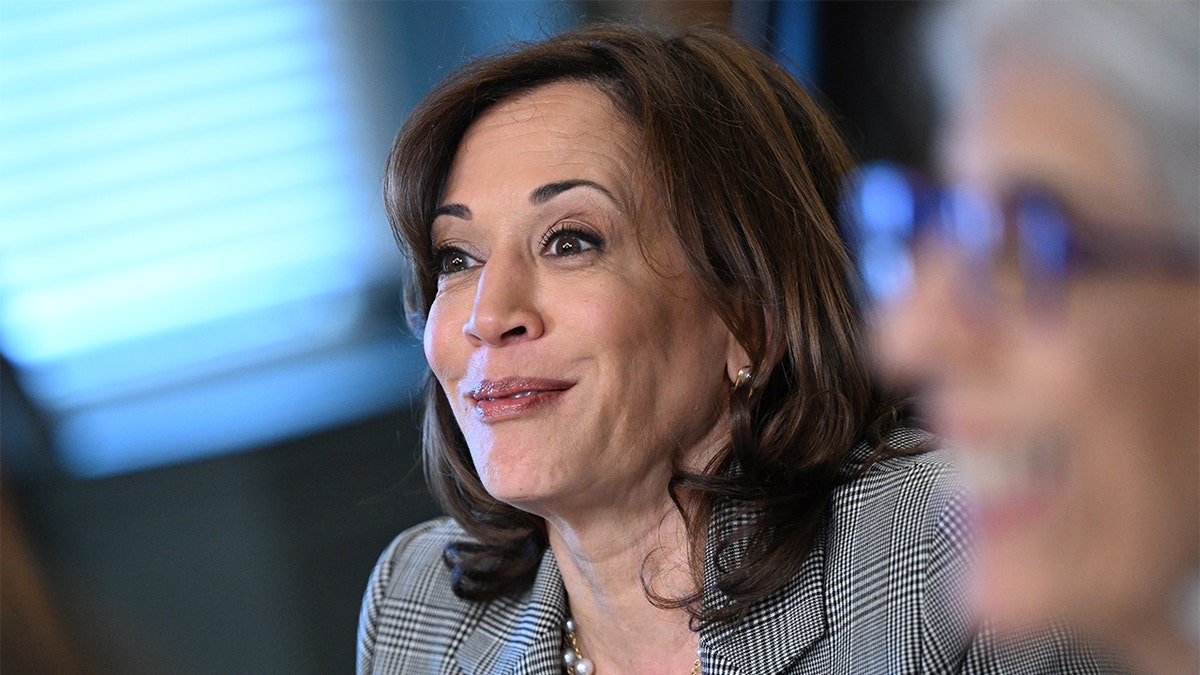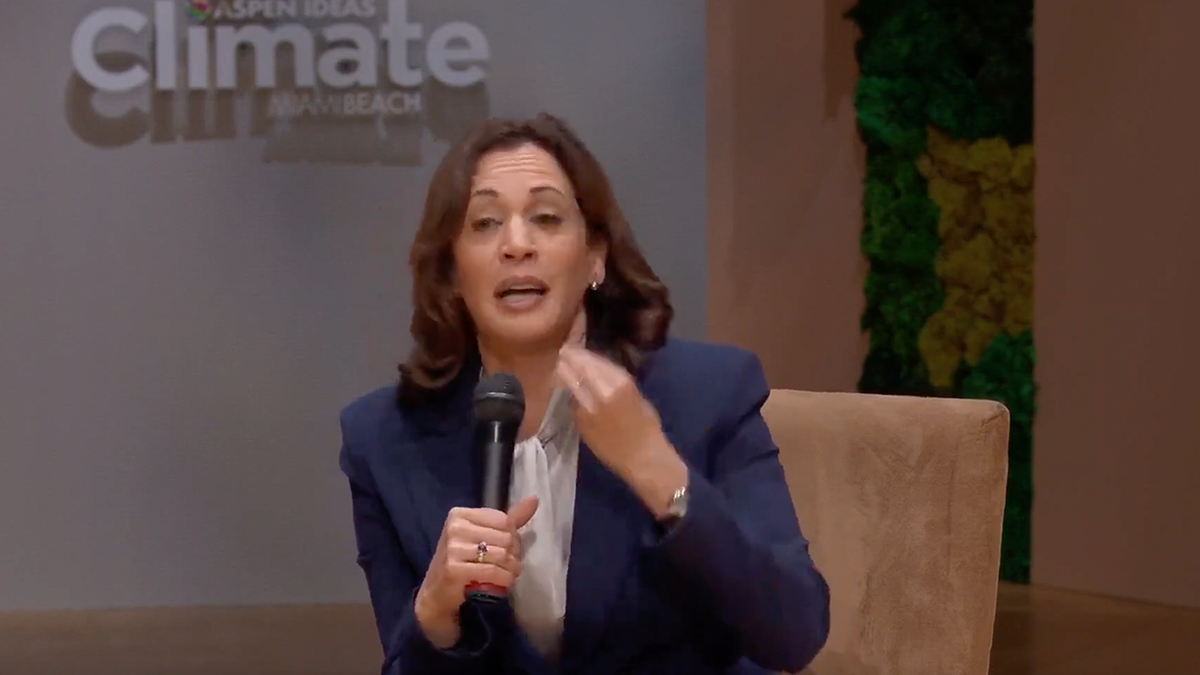Kamala Harris explains AI: 'Kind of a fancy thing'
Vice President Kamala Harris on Wednesday explained artificial intelligence as she convened a roundtable with labor and civil rights leaders to talk about the technology.
Vice President Kamala Harris' attempt to explain artificial intelligence (AI) to a group of labor and civil rights leaders on Wednesday instead became her latest word salad gaffe, something she's become increasingly known for during her time in the role.
"I think the first part of this issue that should be articulated is AI is kind of a fancy thing," Harris said during the roundtable at the Eisenhower Executive Office Building in Washington, D.C. "First of all, it's two letters. It means artificial intelligence, but ultimately what it is, is it's about machine learning.
"And so, the machine is taught — and part of the issue here is what information is going into the machine that will then determine — and we can predict then, if we think about what information is going in, what then will be produced in terms of decisions and opinions that may be made through that process."
KAMALA HARRIS RIDICULED FOR ‘NONSENSE’ COMMENTS AT TRANSPORTATION ROUNDTABLE: ‘SHE CAN’T BE SERIOUS'

Vice President Kamala Harris speaks during a meeting with civil rights leaders and consumer protection experts to discuss the societal impact of artificial intelligence, in the Eisenhower Executive Office building in Washington, D.C., on Wednesday. (MANDEL NGAN/AFP via Getty Images)
"So to reduce it down to its most simple point, this is part of the issue that we have here is thinking about what is going into a decision, and then whether that decision is actually legitimate and reflective of the needs and the life experiences of all the people," she said.
Harris continued her wordy statement by discussing the need for "transparency" in the process of AI technology and its impact on decision-making.
Her gaffe comes just one day after she was ridiculed for more "nonsense" comments during a roundtable discussion on transportation.
KAMALA HARRIS' ‘WORD SALADS’ DEFENDED ON ‘THE VIEW:’ LAWYERS ‘SPEAK IN THREES SO PEOPLE REMEMBER’

Vice President Kamala Harris waves as she departs after speaking at the Tribal Nations Summit in the South Court Auditorium on the White House campus in Washington, D.C., on Nov. 16, 2021. (AP Photo/Patrick Semansky)
"This issue of transportation is fundamentally about just making sure that people have the ability to get where they need to go! It's that basic," she said in an obvious statement.
In April, Harris made more puzzling comments during a pro-abortion rally about the "importance of the moment."
"So I think it's very important — as you have heard from so many incredible leaders for us at every moment in time and certainly this one — to see the moment in time in which we exist and are present, and to be able to contextualize it, to understand where we exist in the history and in the moment as it relates not only to the past but the future," she said.

Vice President Kamala Harris talks about kids who have complained to her about their problems with "climate mental health" during a recent conference in Florida. (Screenshot/Twitter)






